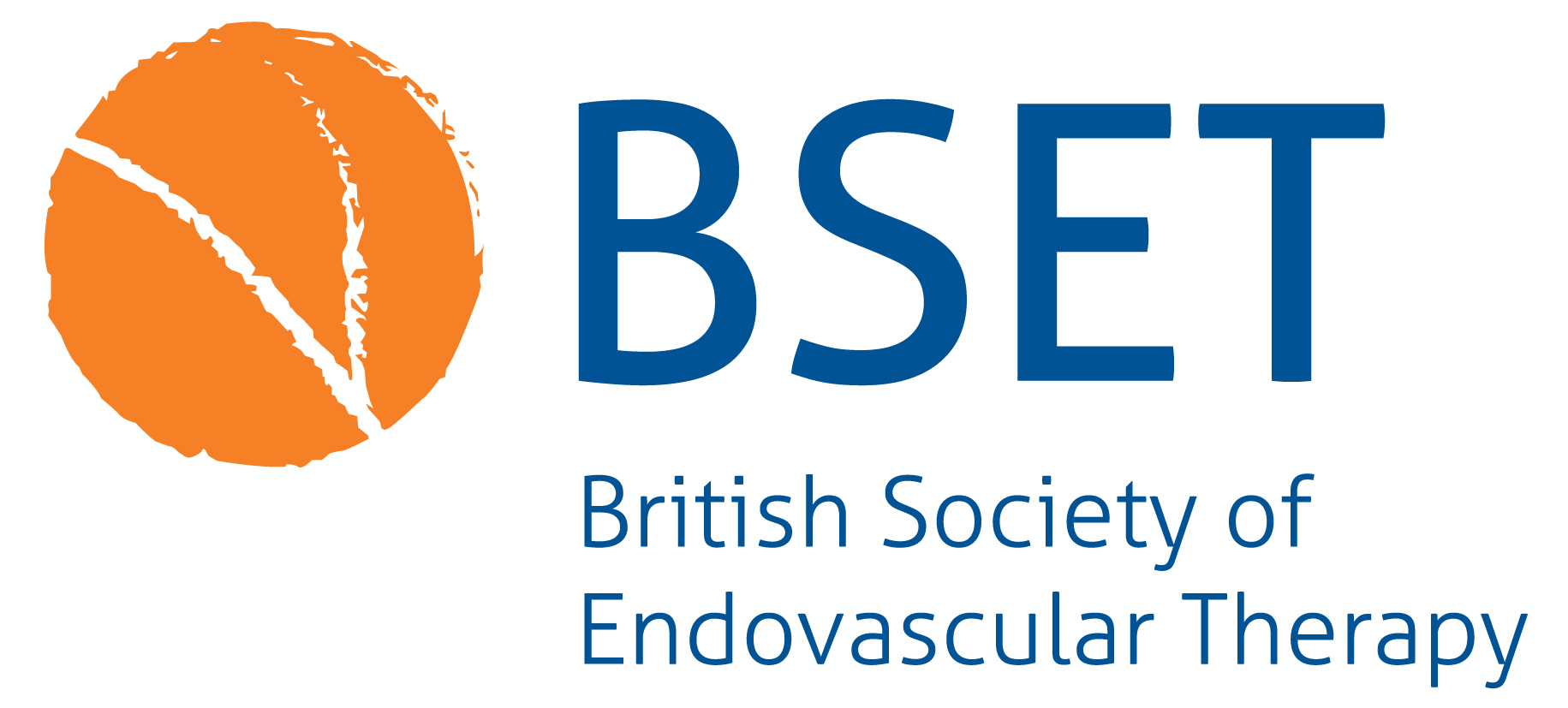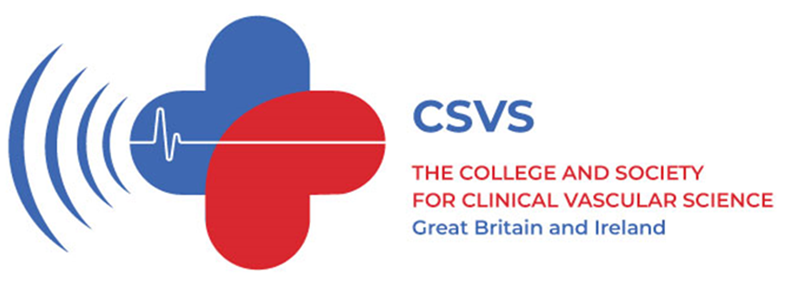peripheral arterial disease
Models of same-day emergency care for vascular limb salvage
Introduction The efficient and effective management of patients with chronic limb-threatening ischaemia (CLTI) is a challenge for UK vascular services, due to the volume and complexity of patients and centralisation of services.1,2 In an attempt to provide comprehensive limb salvage services in keeping with the global vascular guidelines,3 more than 14,000 revascularisation procedures are performed…
Read MoreSHOCkwave lithotripsy for patients with peripheral arterial disease: the SHOCC study
Introduction Peripheral artery disease (PAD) represents a major health problem worldwide, affecting one-fifth of people over the age of 60 in the UK.1–3 It is the most common cause of lower limb amputation.4 Most patients with chronic limb threatening ischaemia (CLTI) and some patients with severe claudication will require lower limb revascularisation, one of the…
Read MoreMotivating Physical Activity with a Walking Exercise Behaviour Intervention and Pain Management Remotely in Intermittent Claudication (MAvERIC): protocol for a randomised controlled feasibility trial
Introduction Peripheral arterial disease (PAD) affects approximately one in five people aged >60 years.1,2 In addition, 40–75% of these people experience intermittent claudication (IC), a chronic manifestation of PAD which commonly presents as limb pain and reduced exercise tolerance.3,4 People with PAD and IC experience disability and impaired quality of life due to reduced physical…
Read MoreHome-based high intensity interval training in patients with intermittent claudication: a systematic review protocol
Introduction and rationale Peripheral arterial disease (PAD) is caused by atherosclerosis of the arteries supplying the lower limbs, limiting blood flow to the legs.1 PAD is estimated to affect more than 237 million people worldwide and its prevalence is increasing.2 Intermittent claudication (IC) is the classical symptom of PAD, and is characterised by a reproducible…
Read MoreLong-term outcomes of major and minor lower limb amputation: eight-year retrospective analysis from a single tertiary referral centre
Introduction Major amputation is a life-changing yet common endpoint in the management of diabetic foot disease (DFD) and chronic limb-threatening ischaemia (CLTI). Less commonly, amputation is performed for traumatic limb injury, deformity, chronic pain or loss of function.1–4 Major amputation is estimated to affect 3–4% of all patients with peripheral arterial disease (PAD)5 and 15–20%…
Read More










